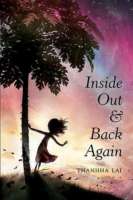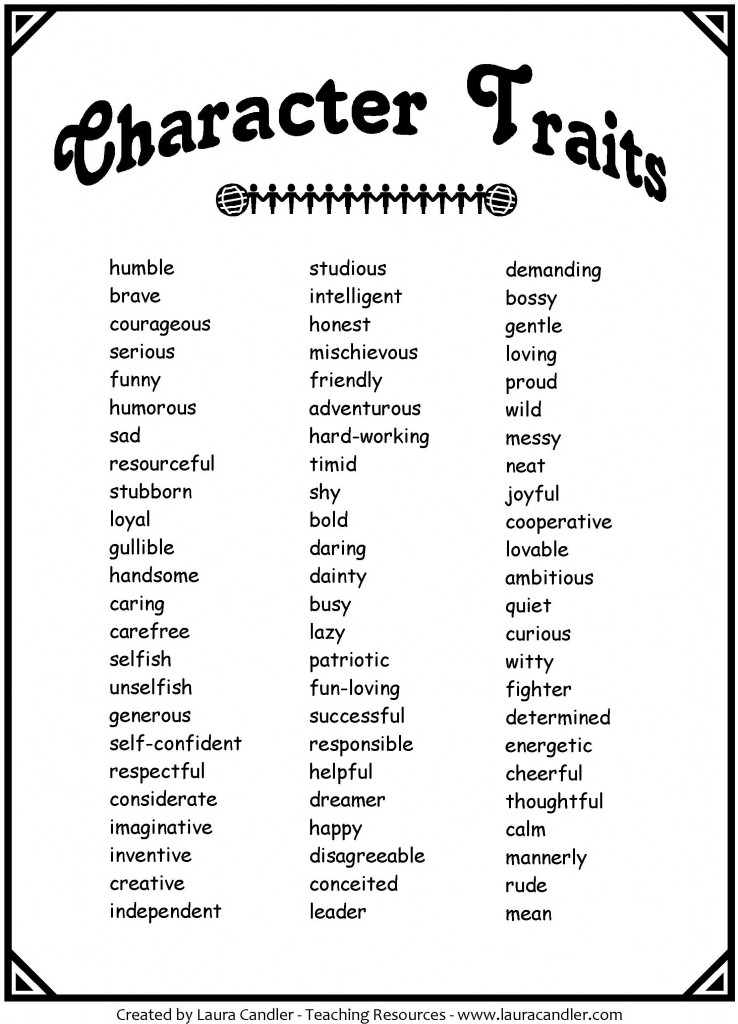Learning and Reading the World through Literature
Jennifer Pullara
The exact thing that makes us all alike is our differences. We are each unique. This concept is not new. However, as I think of literacy experiences that students have in classrooms, with peers, and with the world around them, I believe that teachers can create rich literacy interactions as a means for students to explore who they are, while simultaneously discovering what it means to live in the larger global community of similarities and differences.
I am a mother, a wife, a daughter, a sister; a dreamer, an optimist, a person who perseveres. I am also a literacy specialist who shares a passion for teaching children. At school I work with students in kindergarten through fifth grade at a public elementary school in New York State. Focusing on global literature with our Teacher Talk group this year gave me opportunities to learn how to discuss critical issues with my students, to develop deep comprehensive thinking, and to create text-based dialogue that was rich and meaningful. My vision of what it means to teach, motivate, and engage students with literature has changed from this experience.
 Although I worked with grades K-5 this past year, my vignette is about a group of five fourth graders who read and discussed Inside Out & Back Again by Thanhha Lai (2011), a book we chose to read in Teacher Talk. This group of students are all in remedial reading. Three students are boys, while the other two students are girls. All of these students have excellent decoding and fluency skills. The area of concern is comprehension. I hoped that the students could increase their literal and inferential comprehension by reading, discussing, and writing about this text. This group was all engaged, immersed, and reached levels of higher level thinking. By asking each student to think from the perspective of Hà, the main character, they were able to think, discuss, and answer questions such as, “How can you describe the way Hà feels right now?” or “Can you justify the actions of the character?” Students also analyzed, evaluated, or created in order to answer higher level comprehension questions and so were able to interact with the text in a more passionate, authentic way.
Although I worked with grades K-5 this past year, my vignette is about a group of five fourth graders who read and discussed Inside Out & Back Again by Thanhha Lai (2011), a book we chose to read in Teacher Talk. This group of students are all in remedial reading. Three students are boys, while the other two students are girls. All of these students have excellent decoding and fluency skills. The area of concern is comprehension. I hoped that the students could increase their literal and inferential comprehension by reading, discussing, and writing about this text. This group was all engaged, immersed, and reached levels of higher level thinking. By asking each student to think from the perspective of Hà, the main character, they were able to think, discuss, and answer questions such as, “How can you describe the way Hà feels right now?” or “Can you justify the actions of the character?” Students also analyzed, evaluated, or created in order to answer higher level comprehension questions and so were able to interact with the text in a more passionate, authentic way.
Before reading the book, the fourth graders read an interview with Thannha Lai (Wolf, 2012). We read this interview together and discussed how the author’s life might have many similarities to the main character, Hà, in her book. As the students briefly studied the author, the book seemed to come alive. They made the connection that this book was in some ways like a memoir for Lai. The students also made predictions about why she would write a book that was so similar to a personal history. We agreed that sharing your life story makes it feel important and you may find a way to inspire other people.
These activities helped the students get ready for the book. As the students read the interview they generated questions about history, geography, and cultural customs. These discussions created a context for the background of the story and motivated readers by sparking their interest and curiosity.
Our group read the book, Inside Out & Back Again in different ways: whole group, partners, small group, and independently. Students identified text excerpts that made them question, wonder, or comment. Some days our group read twenty pages, other days only one or two because we had so much to talk about. Some days the students asked to write reading reflections on how Hà was feeling at a certain point in the story. Other writing pieces were guided around the deep vocabulary and rich, descriptive language used in the text. Conversations about friendship, hardship, family, culture, country pride, citizenship, and religion surfaced. Other conversations were themed around emotions such as pride, bravery, jealousy, loneliness, depression, joy, happiness, and love.
After reading the book, the students were asked to identify three different character traits for Há. We discussed word choice and how powerful words can be. The students chose specific character traits that they believed could best explain who Hà was. Through rich conversation each student explained what they thought the character trait meant and then together the group thought of examples from the book to support Hà’s traits. Each student really had to think deeply. The students supported each other in understanding Há and using text to support their answers. The students were given choice in literary expression, but they all chose to write literary essays. I think they all chose this because they were also writing in this format in their classrooms and they felt comfortable with a five paragraph literary essay. Each student chose words such as “brave, afraid, annoyed, embarrassed, hopeful, and calm.” The character trait words were all supported with evidence and examples from the story. All of the students challenged themselves by writing creatively, articulately, and thoughtfully. The best outcome was the pride I observed in them as they each shared their work.
Through the professional journey I traveled this year exploring global literature, I learned personal and professional lessons. In past practice, I used the song lyrics from “We All Laugh in the Same Language” by Marla Lewis (2005) to discuss with children the global concepts of being similar. The lyrics sing,
“We all laugh in the same language. We all love to learn and play. Our hearts beat in the same rhythm. Round the world, we’re all the same.”
This type of international thought supported my idea of teaching tolerance, acceptance, and diversity. However, after using children’s literature to engage my students in thinking about the meaning of “global literature” and to think beyond the classroom walls towards global thinking led us to realize that differences are what make us all alike. The connections my students made to the characters in Inside Out & Back Again gave new meaning to difference. Their world became wider and larger as they thought about Hà’s experiences. So as I continue to challenge students and bring self-awareness to outstanding concepts that occur globally, I will not provide them with preconceived information. I will offer literacy opportunities to stretch their own thinking, create their own opinions, and nurture a rich literacy classroom community. Their personal connections, their questions, and their feelings about what they are reading will guide their global thinking.
References
Lai, T. (2011). Inside out and back again. New York: HarperCollins.
Lewis, M. (2005). We all laugh in the same language. http://www.marlalewis.com/
Wolf, V. E. (2012). The inside story. School Library Journal. Retrieved from: http://www.schoollibraryjournal.com/slj/home/893040312/the_inside_story_it_took.html.csp
Jennifer Pullara is a literacy specialist at East School in Long Beach, New York. She is also a doctoral candidate in Literacy Studies at Hofstra University.
WOW Stories, Volume IV, Issue 3 by Worlds of Words is licensed under a Creative Commons Attribution-NonCommercial-ShareAlike 4.0 International License.
Based on a work at https://wowlit.org/on-line-publications/stories/iv3/.


I have only just begun to explore your work on this webpage but am so interested in delving deeper and applying some of this work in my own practice. The text sets, materials, and activities you have posted are very informative and helpful. You have done a lot of research and leg work that many classroom teachers are not able to do AND provided a guide for those of us who would like to engage in this type process.
Your packet on Burma is especially interesting to me as I work with a large population of Burmese refugees.
Thank you for sharing your work.
I am interested to know how your reading specialists fit into this exploration?
Thank you again,
Maggie Burns